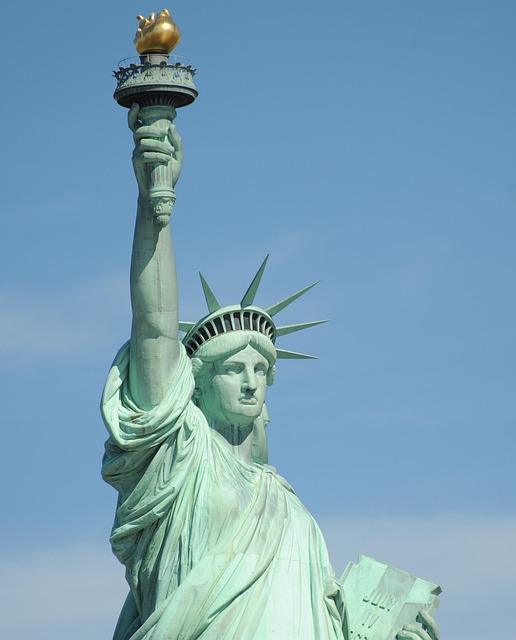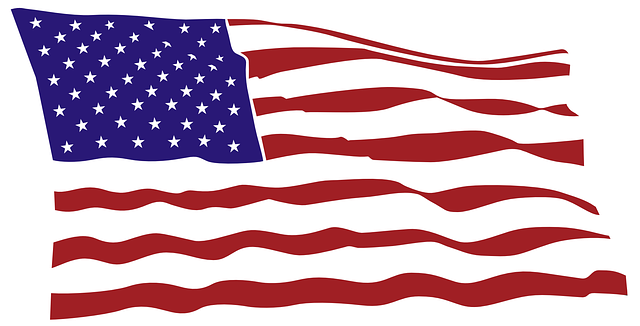The "Tea Stained American Flag" is a captivating historical artifact that evokes the spirit of the 1773 Boston Tea Party, an iconic act of rebellion against British taxation. Its faded red, white, and blue colors and distinctive tea stains serve as a powerful reminder of America's fight for independence, inspiring curiosity about its revolutionary past. This unique symbol has become a sought-after collectible and a modern representation of defiance and liberty, permeating various media forms and sparking conversations among history enthusiasts who appreciate its connection to America's heritage.
“The Tea Stained American Flag: A Time-Honored Icon
Delve into the captivating history behind this unique and popular symbol, the Tea Stained Flag. Once a protest flag, it has evolved into a beloved artifact, holding immense appeal for history enthusiasts worldwide. This article explores its origins, from the Boston Tea Party to its modern resurgence in pop culture. Uncover the meaning behind the stain and why it continues to inspire, reminding us of America’s rich heritage.”
- The Tea Stained Flag: A Historical Symbol
- Uncovering the Origin and Meaning
- Its Rise in Popular Culture
- Exploring the Appeal for History Enthusiasts
The Tea Stained Flag: A Historical Symbol

The Tea Stained Flag, a symbol that has captured the imaginations of history enthusiasts for generations, is a poignant reminder of America’s revolutionary past. This iconic flag, its red, white, and blue hues faded and bleached by the waters of the Boston Harbor, stands as a testament to the 1773 Boston Tea Party. An act of protest against British taxation without representation, this event marked a pivotal moment in American history, leading to the eventual break from colonial rule. The Tea Stained Flag encapsulates this rebellion, embodying the spirit of defiance and liberty that fueled the American Revolution.
For history buffs, it represents a tangible link to our nation’s founding, inviting them to reflect on the sacrifices made by those who fought for independence. Its unique appearance, with the stripes and stars slightly faded and discolored, adds to its allure, making each flag a one-of-a-kind artifact. This historical symbol continues to inspire curiosity and spark conversations about America’s early years, solidifying its place as a sought-after collectible and a powerful piece of visual storytelling.
Uncovering the Origin and Meaning

Unveiling the history behind the Tea Stained American Flag offers a captivating glimpse into America’s past. This iconic symbol, characterized by its faded colors and distinctive stains, traces its roots back to a pivotal moment in colonial resistance. In 1773, American colonists, disgruntled by Britain’s imposing taxes, famously protested against the Tea Act by boarding three ships in Boston harbor and casting hundreds of chests of tea into the water. This act of defiance became known as the Boston Tea Party, a key event leading up to the American Revolution.
The Tea Stained American Flag, while not an official symbol at the time, represents this rebellious spirit. The stains on the flag are believed to be remnants of the tea leaves that once filled the chests, now left behind after the dramatic protest. Over time, these stains have become a powerful reminder of courage and resistance, inspiring history enthusiasts to explore and celebrate America’s revolutionary heritage.
Its Rise in Popular Culture

The iconic Tea Stained American Flag has become a popular symbol in modern pop culture, capturing the hearts and imaginations of history enthusiasts worldwide. Its emergence as a cultural phenomenon is largely attributed to social media platforms, where images of this unique flag have gone viral, sparking curiosity and fascination. The flag’s distinctive appearance, achieved through a deliberate process of staining and aging, evokes a sense of nostalgia and a connection to America’s rich heritage.
This trend has led to its widespread adoption in various forms of media, from art exhibitions to merchandise. History buffs are drawn to the flag’s representation of rebellion and resistance, mirroring the actions of American colonists who protested against British rule by throwing tea into Boston Harbor. The Tea Stained American Flag has thus become a powerful visual tool, allowing people to engage with and reinterpret America’s past in a contemporary context.
Exploring the Appeal for History Enthusiasts

For history enthusiasts, objects like a tea-stained American flag hold immense appeal. These tangible remnants from the past offer a direct connection to significant events and eras, allowing them to immerse themselves in bygone times. The process of studying and preserving such artifacts not only provides insights into historical contexts but also fosters a deep appreciation for the sacrifices and achievements of our ancestors.
A tea-stained American flag, for instance, can evoke strong emotions and spark curiosity about its origin, the wars it may have flown in, and the hands that once handled it. This blend of sensory experience and intellectual exploration is what makes such historical pieces so compelling for those who crave an understanding of where we come from. For history enthusiasts, delving into these artifacts isn’t just an academic exercise; it’s a journey through time that enriches their lives and broadens their perspective on the world.
